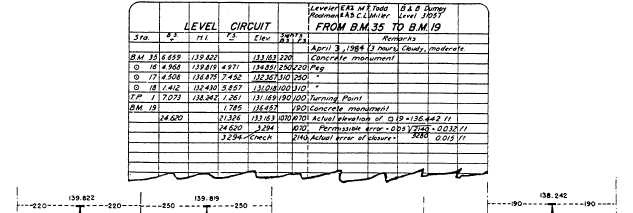Figure 7-4.—Differential-level circuit and notes for differential leveling.
six-time angles. Each of these must be reduced to the
mean angle, as explained in the EA3 TRAMAN. For
another example: field notes may show a succession of
chained slope distances. Unless the order of precision
of the survey permits slope corrections to be ignored,
each of these slope distances must be reduced to the
corresponding horizontal distance.
In a closed traverse you must attain a ratio of linear
error of closure and a ratio of angular error of closure
that are within the maximums specified for, or implied
from, the nature of the survey.
An error that is within the maximum allowable is
eliminated by adjustment. “Adjustment” means the
equal distribution of a sum total of allowable error over
the separate values that contribute to the total. Suppose,
for example, that for a triangular closed traverse with
interior angles about equal in size, the sum of the
measured interior angles comes to 179°57´. The angular
error of closure is 03´. Because there are three interior
angles about equal in size, 01´ would be added to the
measured value of each angle.
LEVEL COMPUTATIONS
In making level computations, be sure to check the
notes for a level run by verifying the beginning bench
mark (BM); that is, by determining that the correct BM
was used and its correct elevation was duly recorded.
Then check the arithmetical accuracy with which
you added backlights and subtracted foresights. The
difference between the sum of the foresights taken on
BMs or turning points (TPs) and the sum of the
backlights taken on BMs or TPs should equal the
difference in elevation between the initial BM or TP and
the final BM or TP. This fact is shown in figure 7-4.
You must remember that this checks the arithmetic
only. It does not indicate anything about how accurately
you made the vertical distance measurements.
Adjusting Intermediate Bench
Mark Elevations
Level lines that begin and end on points that have
fixed elevations, such as benchmarks, are often called
level circuits. When leveling is accomplished
between two previously established bench marks or
over a loop that closes back on the starting point, the
elevation determined for the final bench mark is
seldom equal to its previously established elevation.
The difference between these two elevations for the
same bench mark is known as the error of closure.
The REMARKS column of figure 7-4 indicates that
the actual elevation of BM 19 is known to be
7-5





